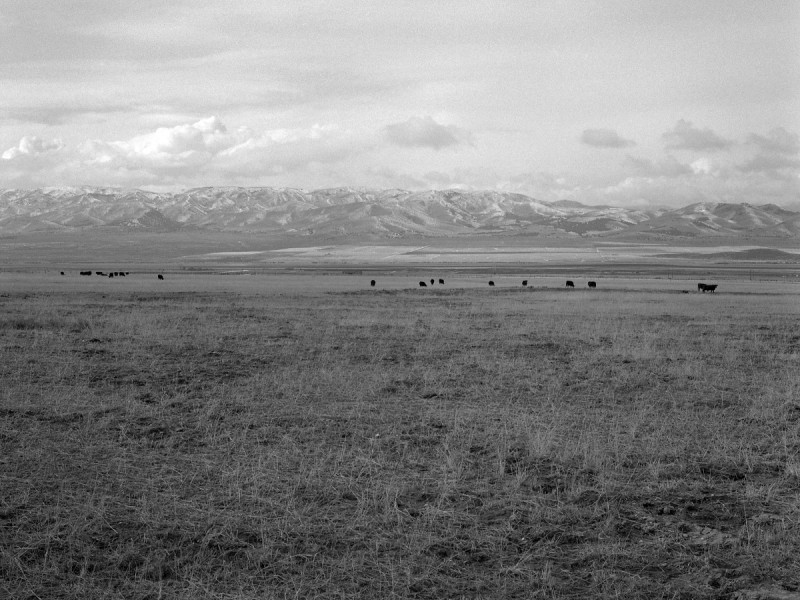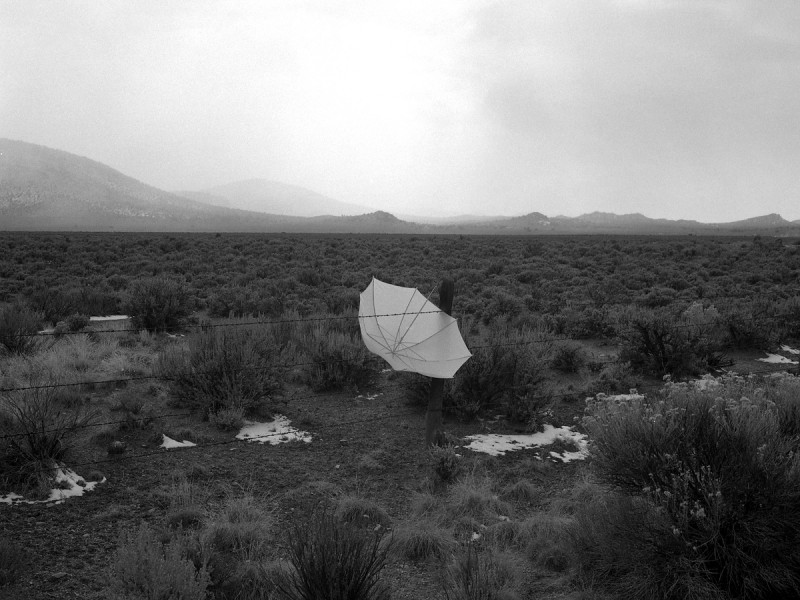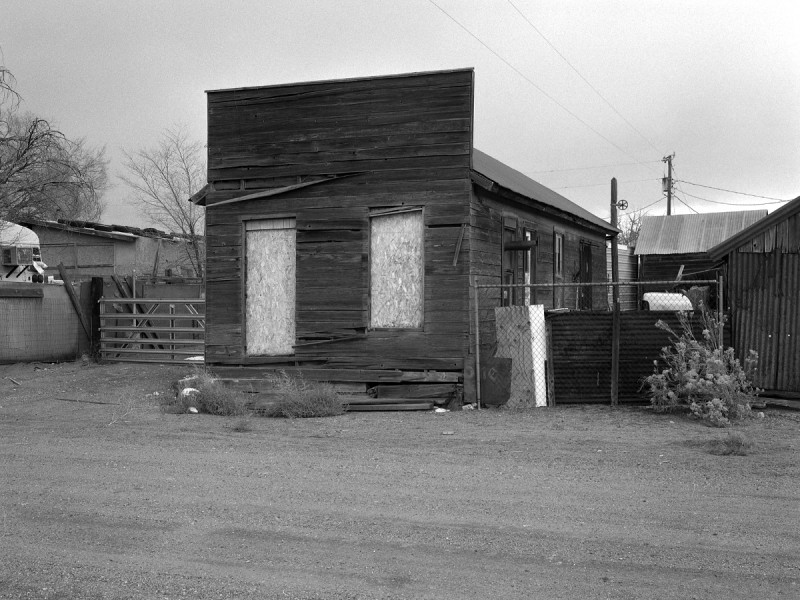Mo’dinna Mo’dinna
(I wanna go back home)
Modena, Utah.
As for the origins of the name, there are various versions: a Chinese cook is said to have cried, “Mo’dinna! Mo’dinna!” while serving up the supper to the inhabitants of a small town in the American West, founded at the end of the 19th century along the Pacific Railroad, in the middle of the desert lying between the states of Utah and Nevada.
Instead, more reliable sources trace the name back to an Italian laborer (perhaps of Emilian origins) who again at the end of the 19th century, stricken with homesickness, supposedly named the railroad camp after his own place of birth: Modena.
With the advent of the railroad crossing Iron County, in December 1899 Mr. Brigham J. Lund set up a small concern in Modena together with a number of business partners, transporting goods to St. George (Utah), Pioche and Delamar (Nevada).
In 1903 Lund broke up with his associates and founded the B.J. Lund & Company. To this day, his name appears on some of the few crumbling buildings in the tiny town.
Today Modena (pronounced Modeenah by its inhabitants) is almost a ghost town, were it not for the five families who have remained. There is still a post office, a rusty gas station – “no service available” – and the only stone building still left standing, which hosts the old school where the schoolteacher Edna Thorley once worked.
Today there are no children left in Modena, and Mrs. Thorley (now 90 years old) spends her time filling huge scrapbooks with her memories of yesteryear.
Vincent Rice (fireman and psychoanalyst) and his wife purchased the building a few years ago. Unfortunately, they were unable to involve the 11 inhabitants of the town of Modena in their recreational activities – although in one classroom there remains a small drum kit and an old electric heater.
Vincent is resigned to the fact that the only one of his fellow citizens with whom he had become friends no longer leaves the house because he can’t stand the noise. Modena is surrounded by the desert and shrouded in silence. The only sounds that may disturb his sleep are the barking of Vincent’s dogs and the long goods trains that trundle down from Nevada and pass through without stopping at the station. Cedar City, the nearest town, lies 50 miles away.
One freezing morning in late November, I decided to go from Parma to Modena, and so while keeping to the Via Emilia, I suddenly found myself in the middle of the desert.
Antonio Rovaldi
Antonio Rovaldi’s project is part of the group exhibition 2016. Nuove esplorazioni, curated by di Diane Dufour, Elio Grazioli and Walter Guadagnini.



